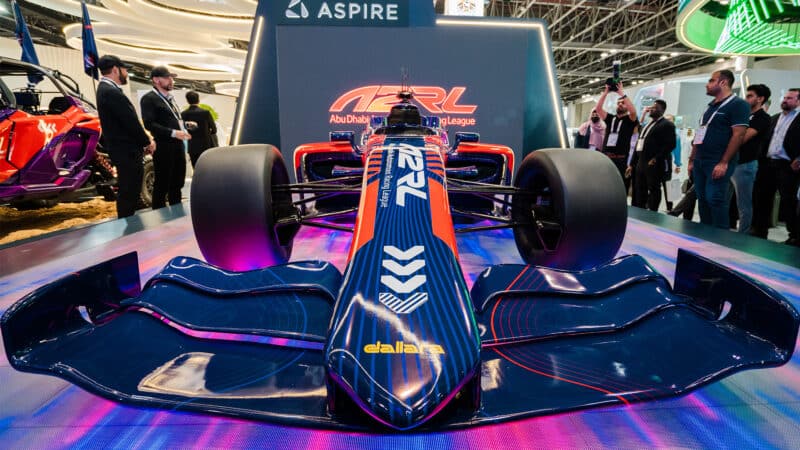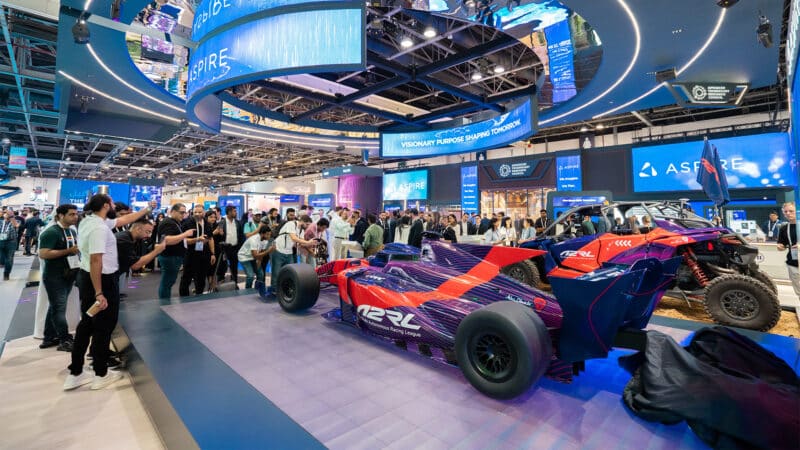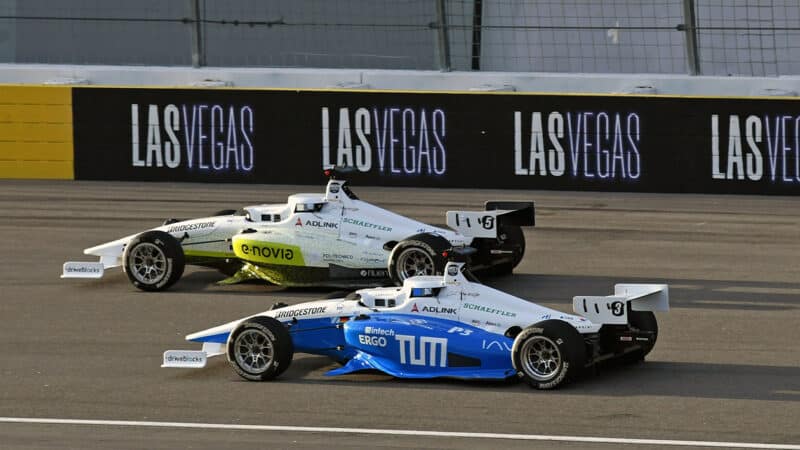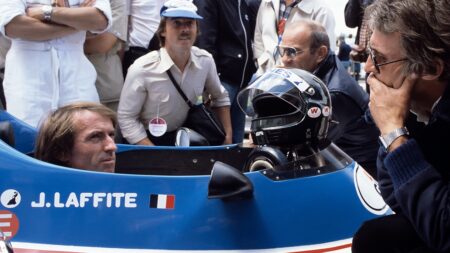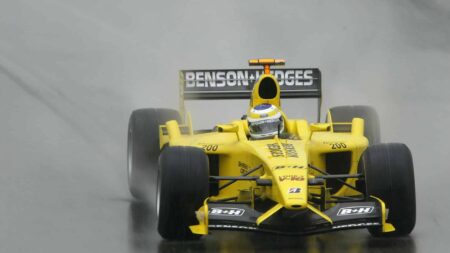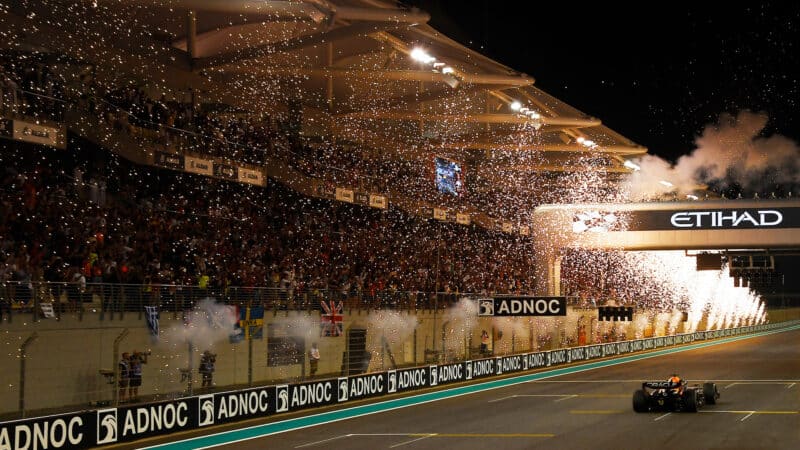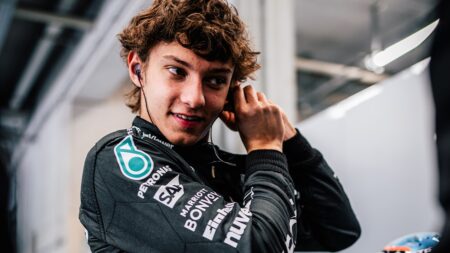The recent buzz around AI has been driven by the release of ChatGPT, which allows anybody to interact with its chatbot. Its ‘knowledge’ comes from a machine learning model, which has scanned millions of web pages in search of language patterns until it can — with mixed results — produce passable responses to questions and requests.
Machine learning is also the basis for A2RL. Each competing team will get an initial version of the software, which was firstly trained on telemetry from a human driver. Sensor, input and GPS data was fed in to the model, allowing it to link the driver’s actions with the track layout and go on to identify competitive racing lines, braking zones, as well as more complex aspects such as the level of grip available and the effect of tyre wear.
Honing that model will now be the task of each team. The cars are — as far as possible — identical, with exactly the same sensors, so the only way to gain an advantage is to boost the AI’s brainpower to make it a more effective racing machine.
“It’s up to each team to scale the concept,” added McCarthy “In contrast, when this was done by the Autonomous Indy Challenge, they weren’t given a baseline level of software and many teams never made it out the garage. When we give them a car, they know it actually can perform and can then use it as a building block to achieve higher and higher speeds over a two week practice period ahead of the actual race.”
“We’re doing is creating an additional type of motor sport with different types of heroes”
During the months leading up to the race, teams will be focused on building up the “stored knowledge” within the AI through simulator sessions and on-track tests to improve its decision-making in the heat of a race.
“Think of a corner on a track,” says McCarthy. “There’s of course an optimal line that the car will be programmed to follow, but then the next questions are: ‘What’s what’s the optimal speed I can come in and do that at?’ ‘How is that connected to the performance of the car itself?’ ‘How is it connected to the performance of the tyres?’ ‘How is it connected to the heat of the tyres at that point in time?’ ‘And how is it connected to the way the gear ratios are set up on the car?’ All of that data is also going into the car and it is then up to the coders to write software that can answer each question quicker than the rest.
“Essentially we’re taking the driver out the car and putting the backroom staff you’d usually find in an F1 team back in.”
Come race day, teams will set their updated software loose and monitor how it performs against rivals. Certain parameters such gear ratio and engine control settings will be locked, restricting set-up possibilities so that the performance of the car will almost entirely be down to the effectiveness of the AI each team has developed.
Roborace holds autonomous race in 2022 — A2RL looks to take it “one step further”
“Ultimately we want the coding in one of the cars to outsmart the coding in the other one,” says McCarthy. “So that it can take an optimum [racing] line and use the SF23’s acceleration to pass. Then, rationally, the other car has to recognise that.”
The A2RL is also not only an opportunity to accelerate the development of autonomous technology but also provides a chance to champion engineers that typically go unnoticed in motor racing paddocks. Without drivers to decorate, the Abu Dhabi podium will be filled by the software superstars.
“If you think about all the data that’s getting processed — of course the computer has the capability of taking in all this data — but we’re talking about the human mind’s capability to actually program and send the commands through code to do this,” explained McCarthy.
